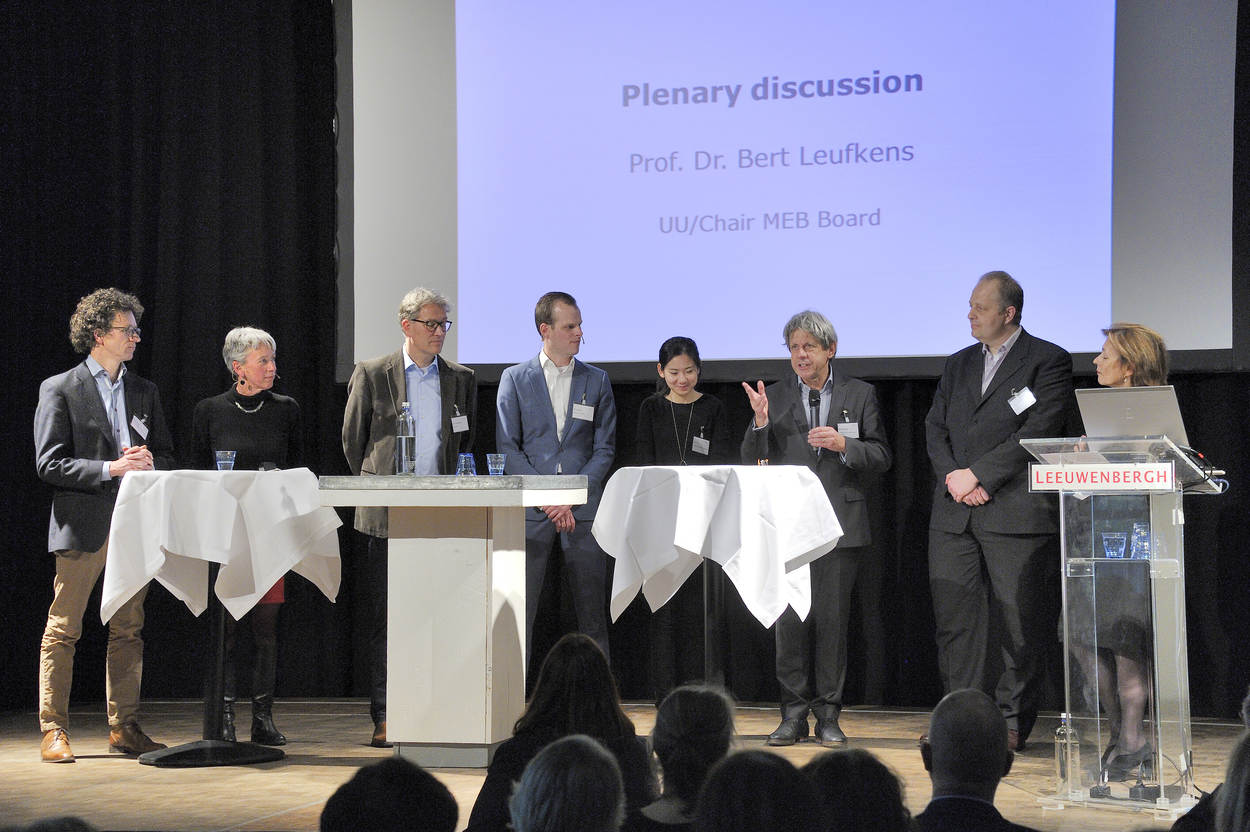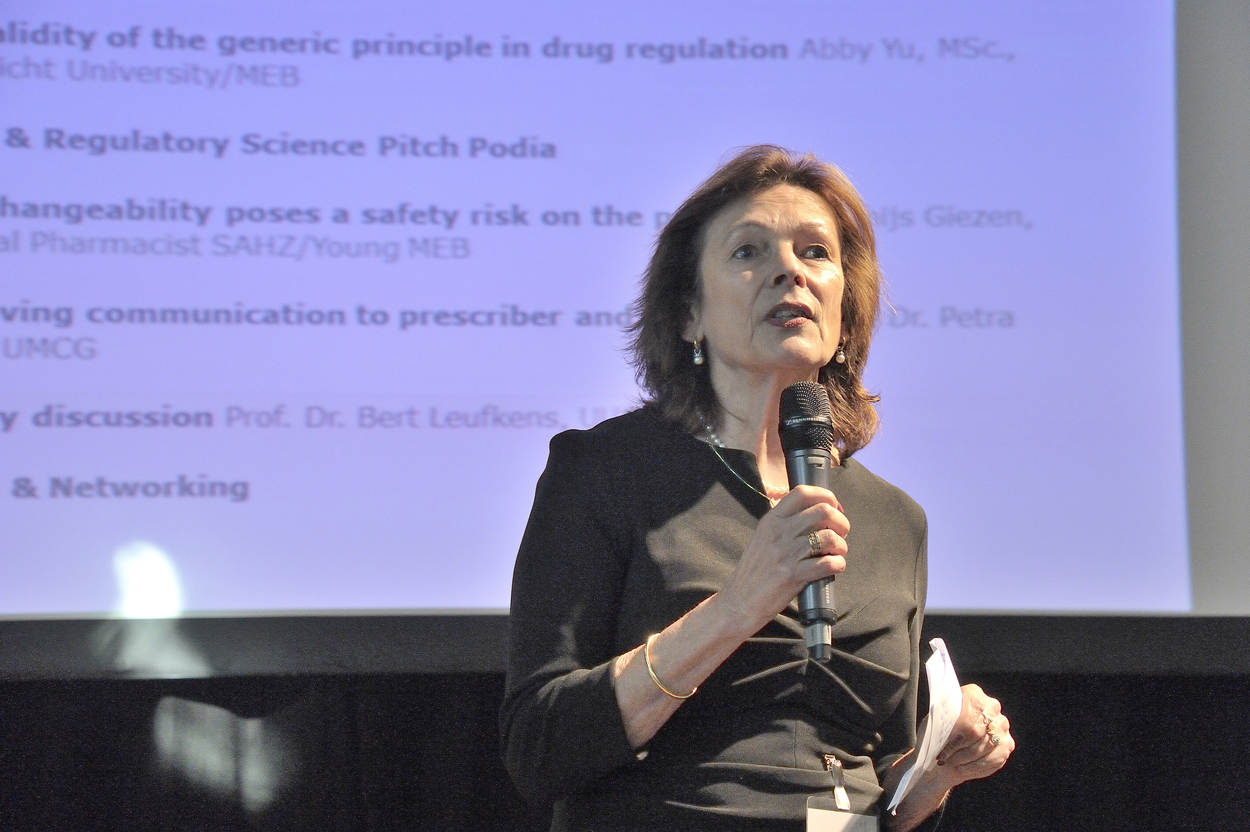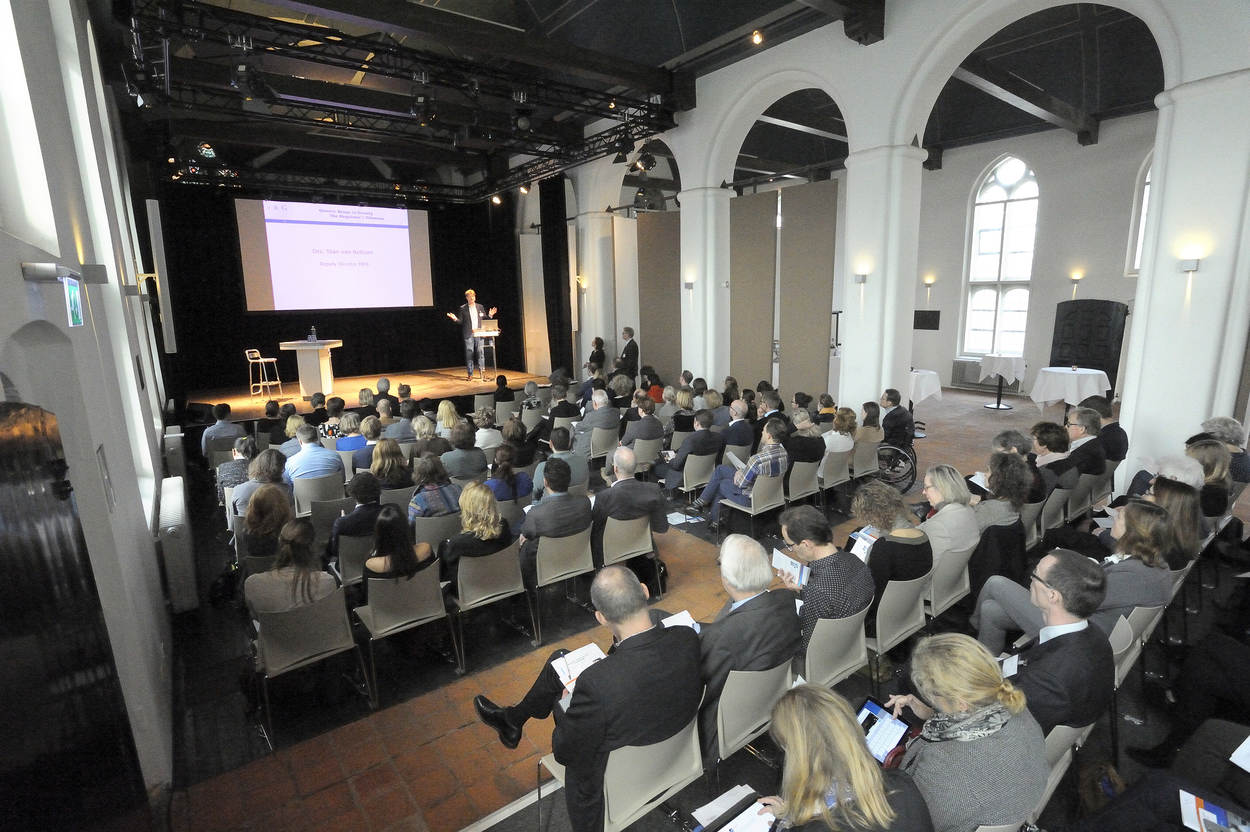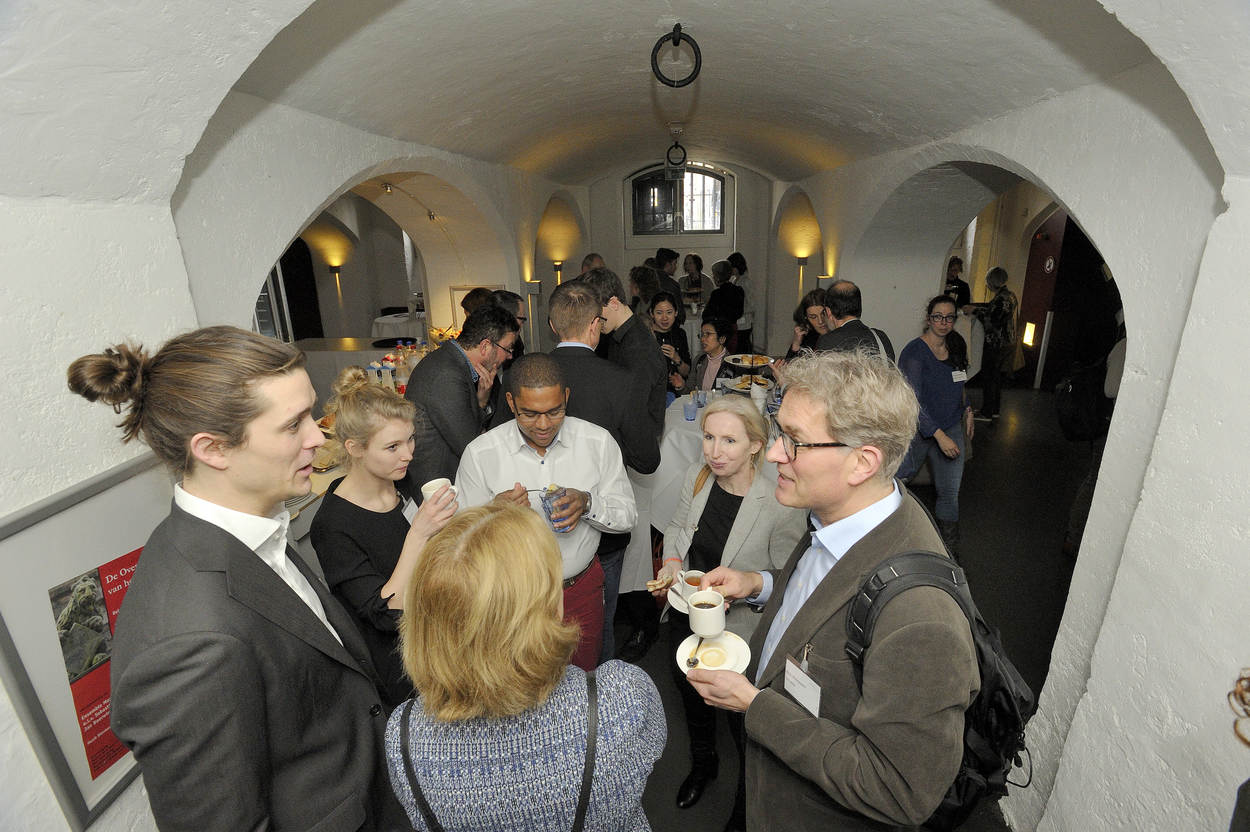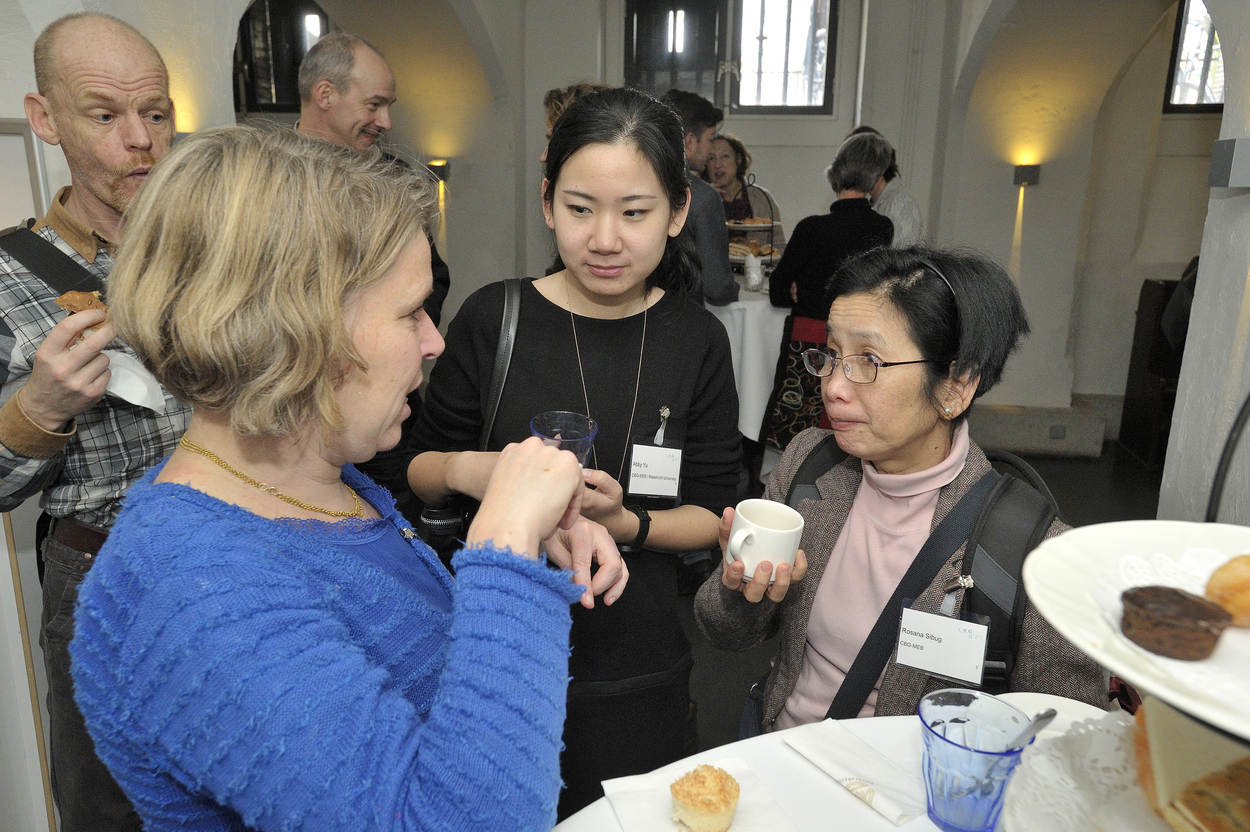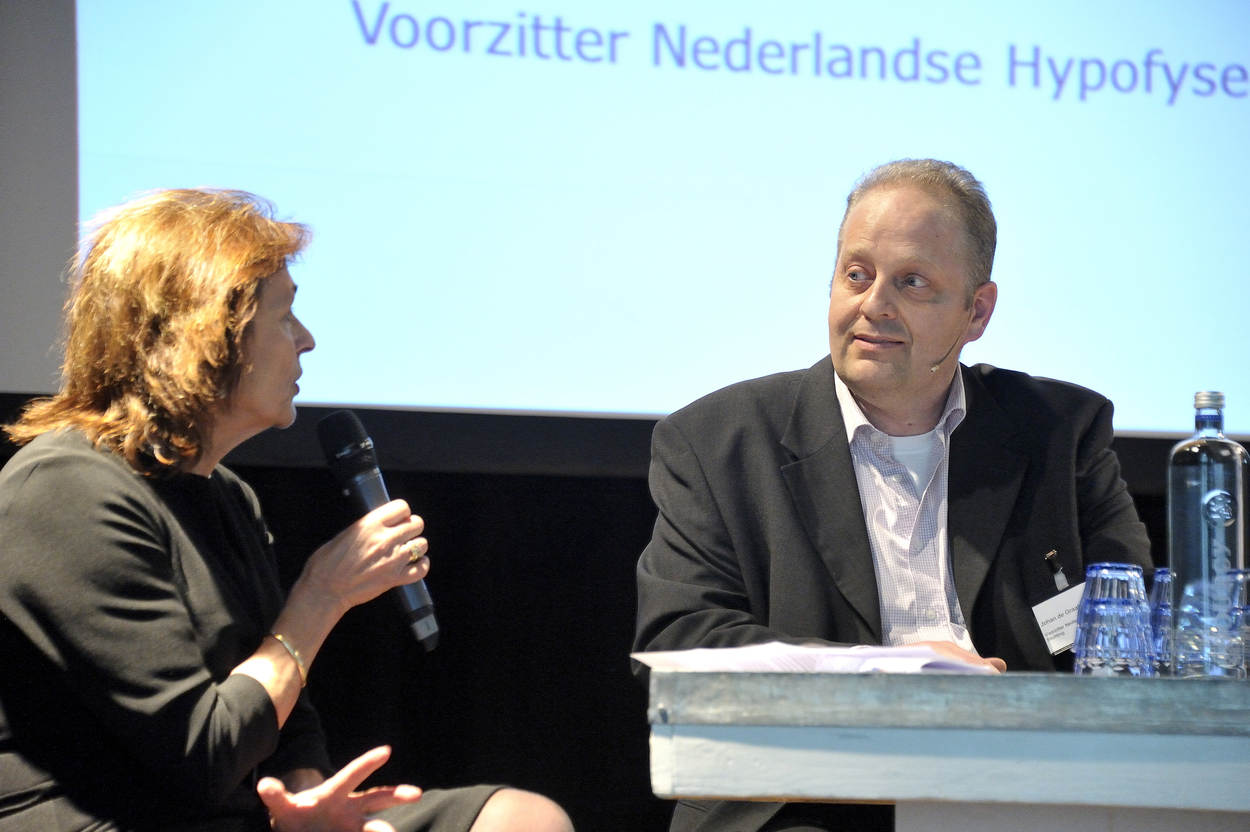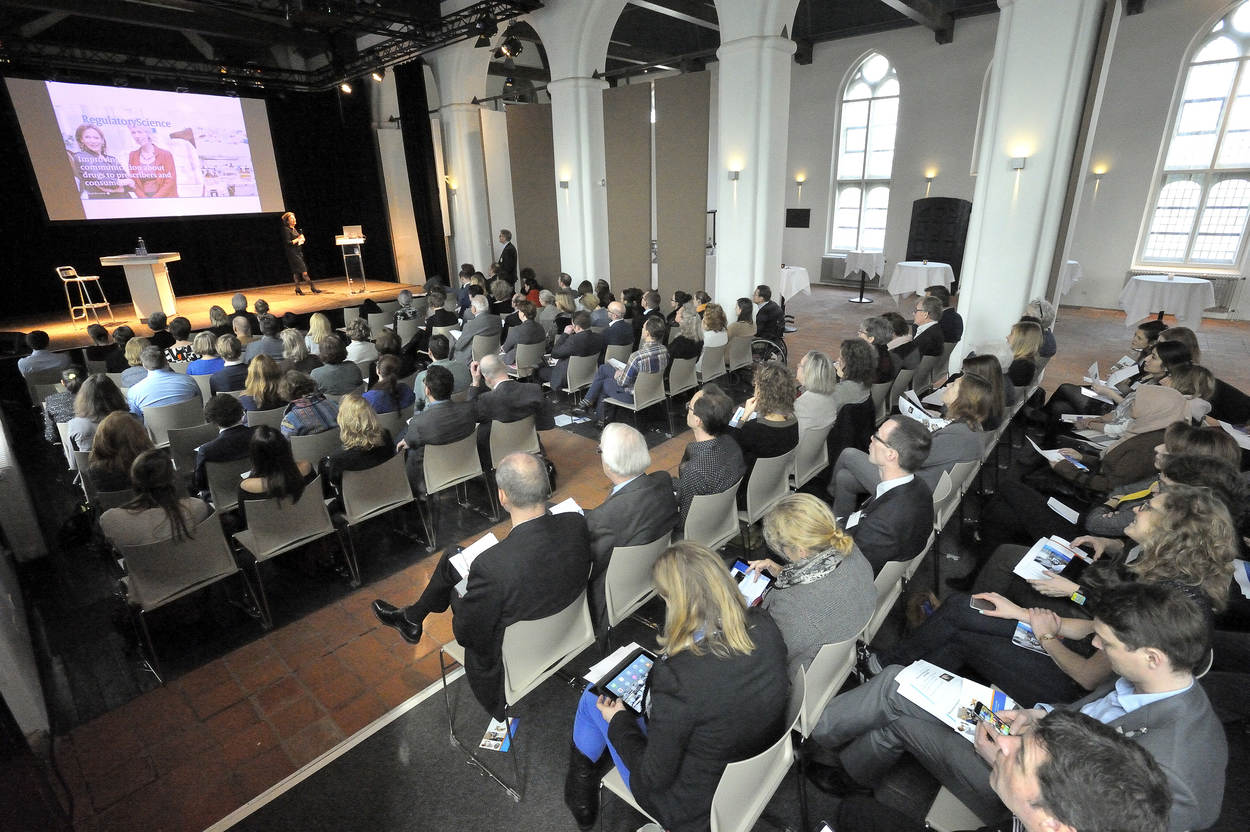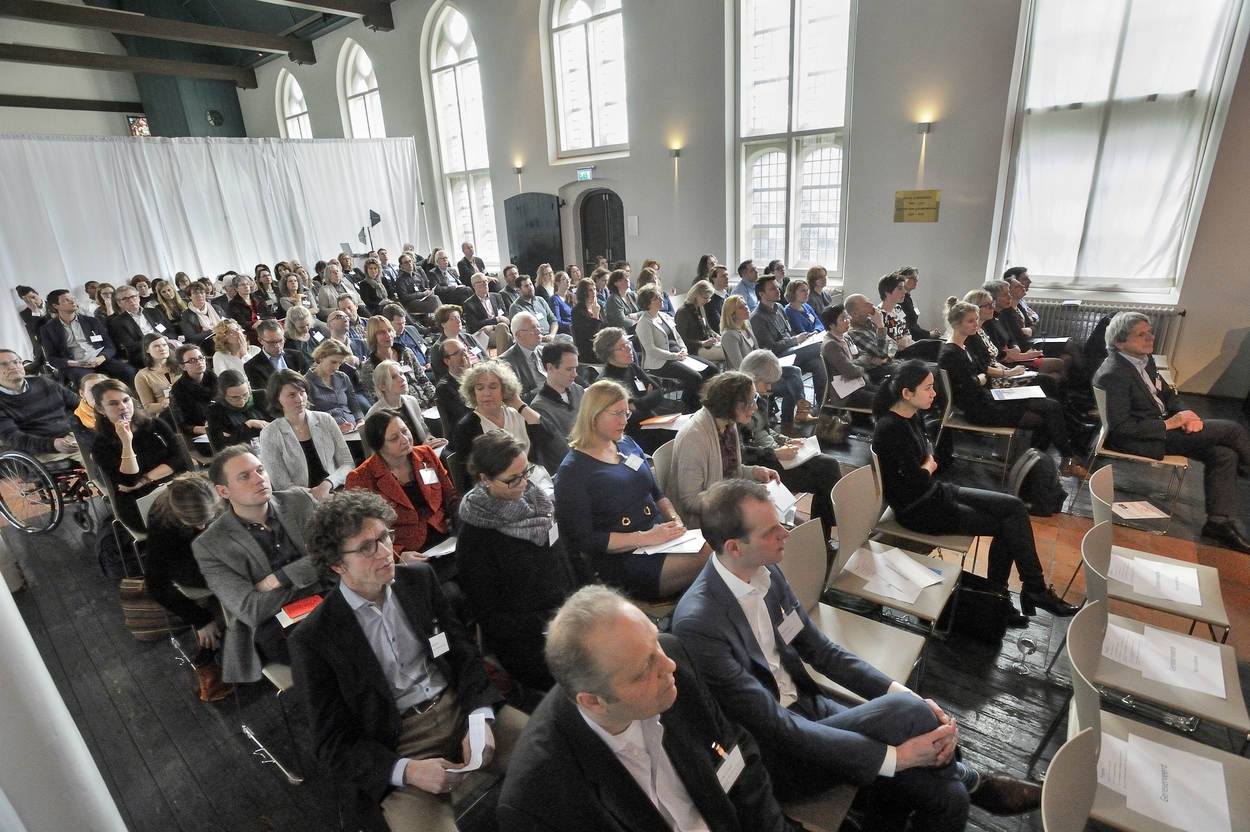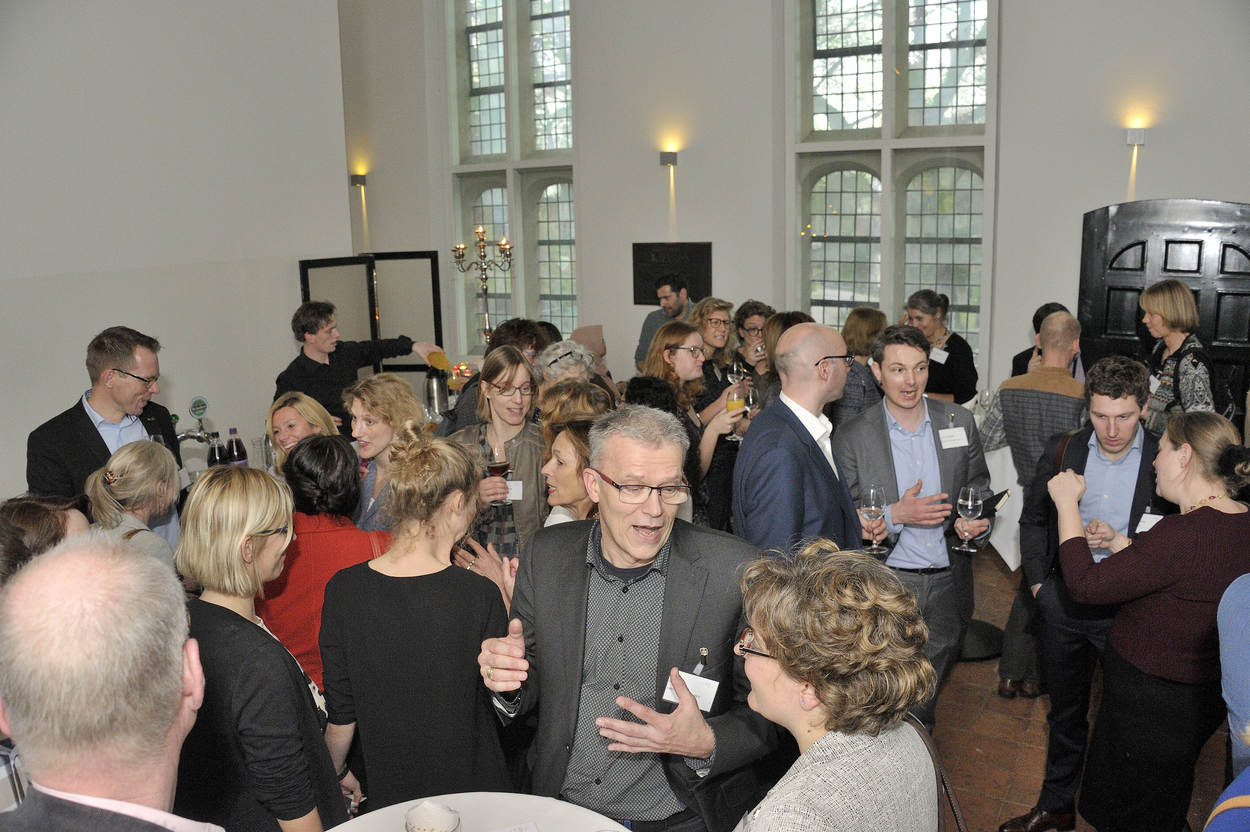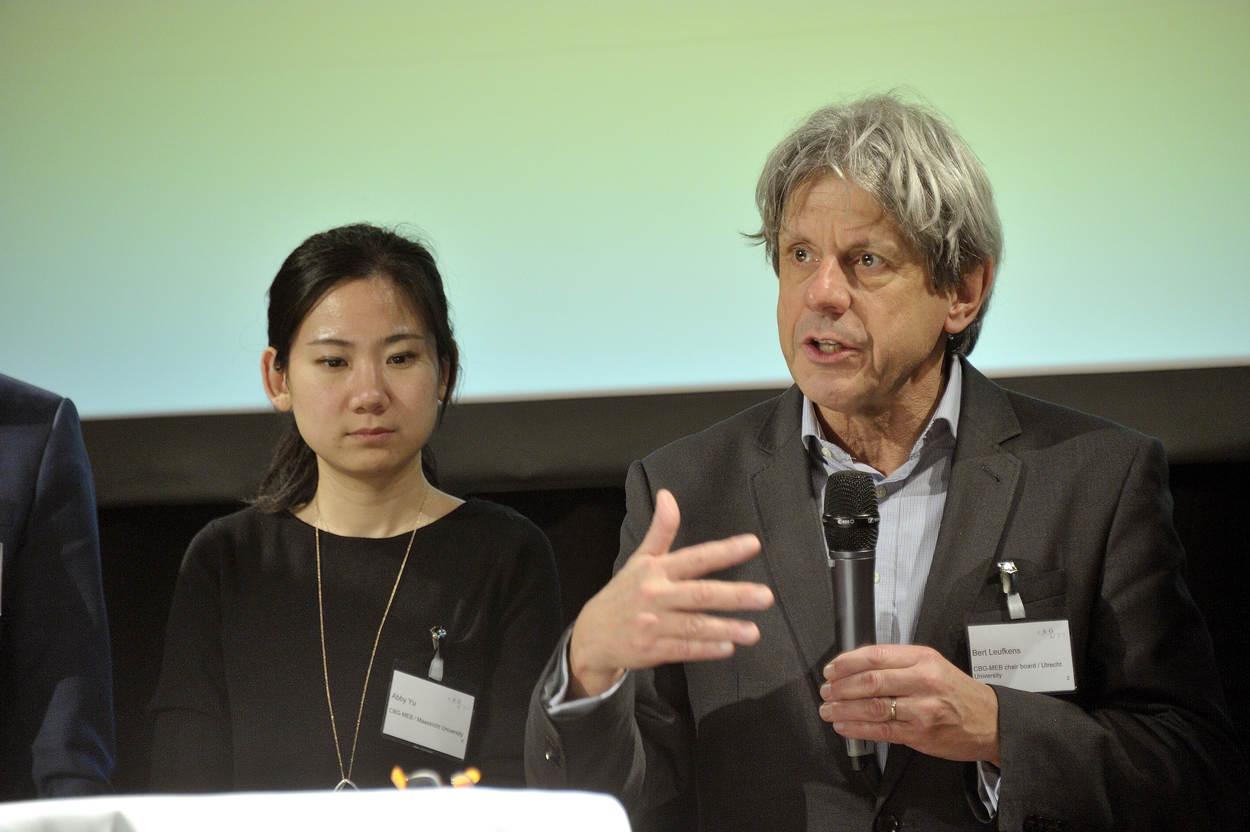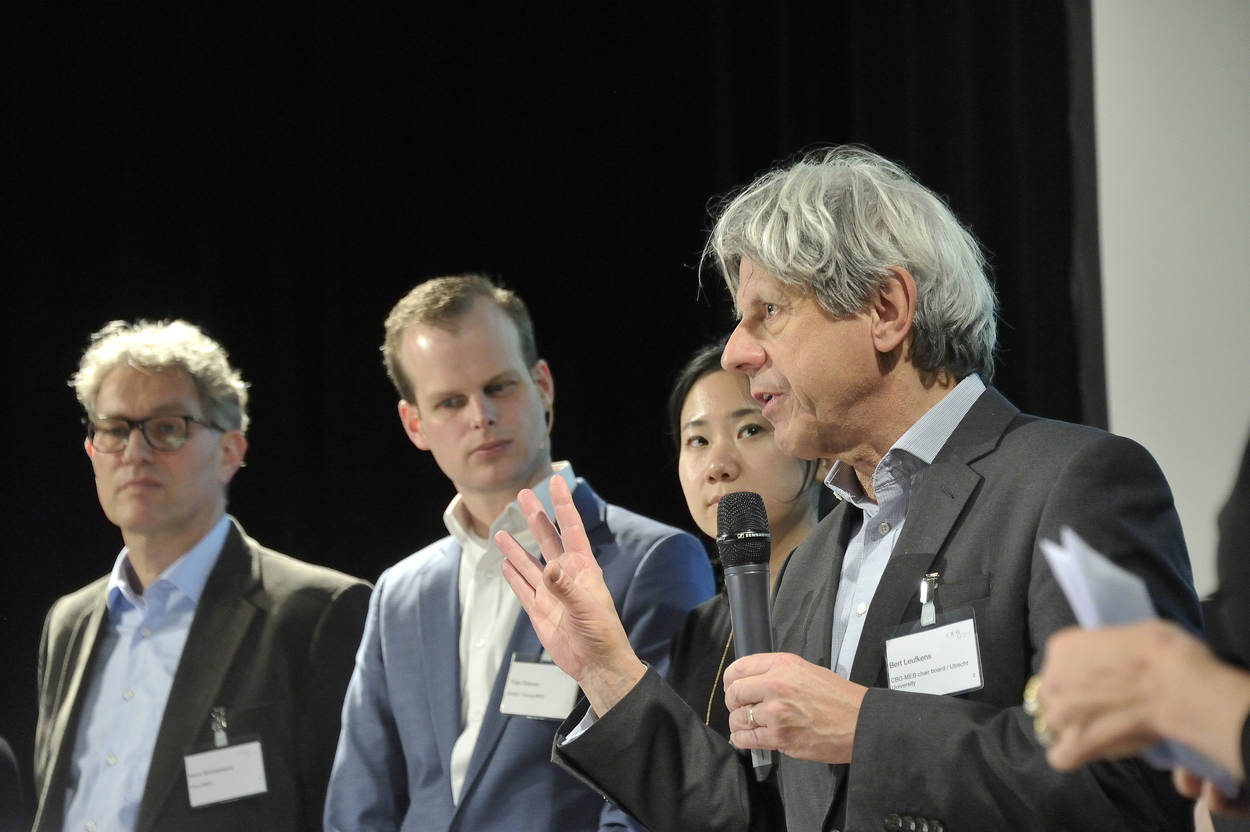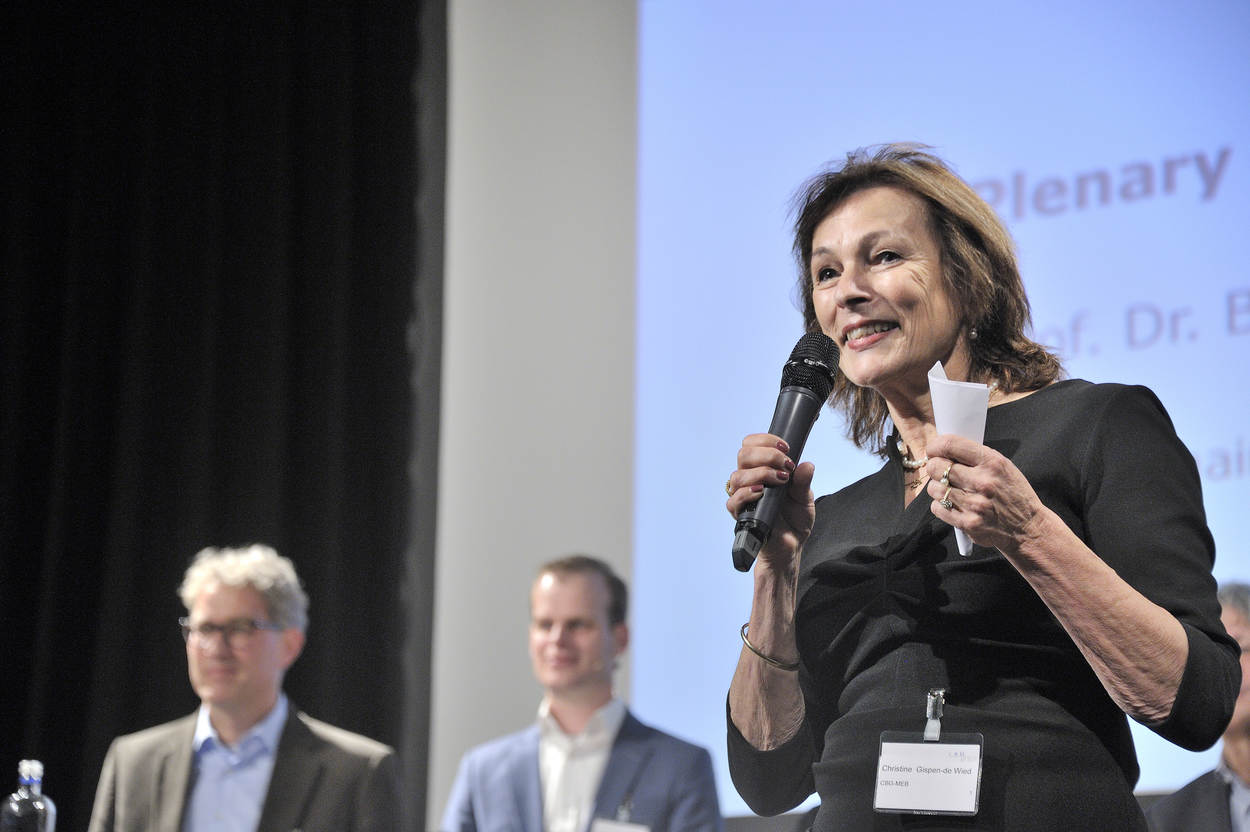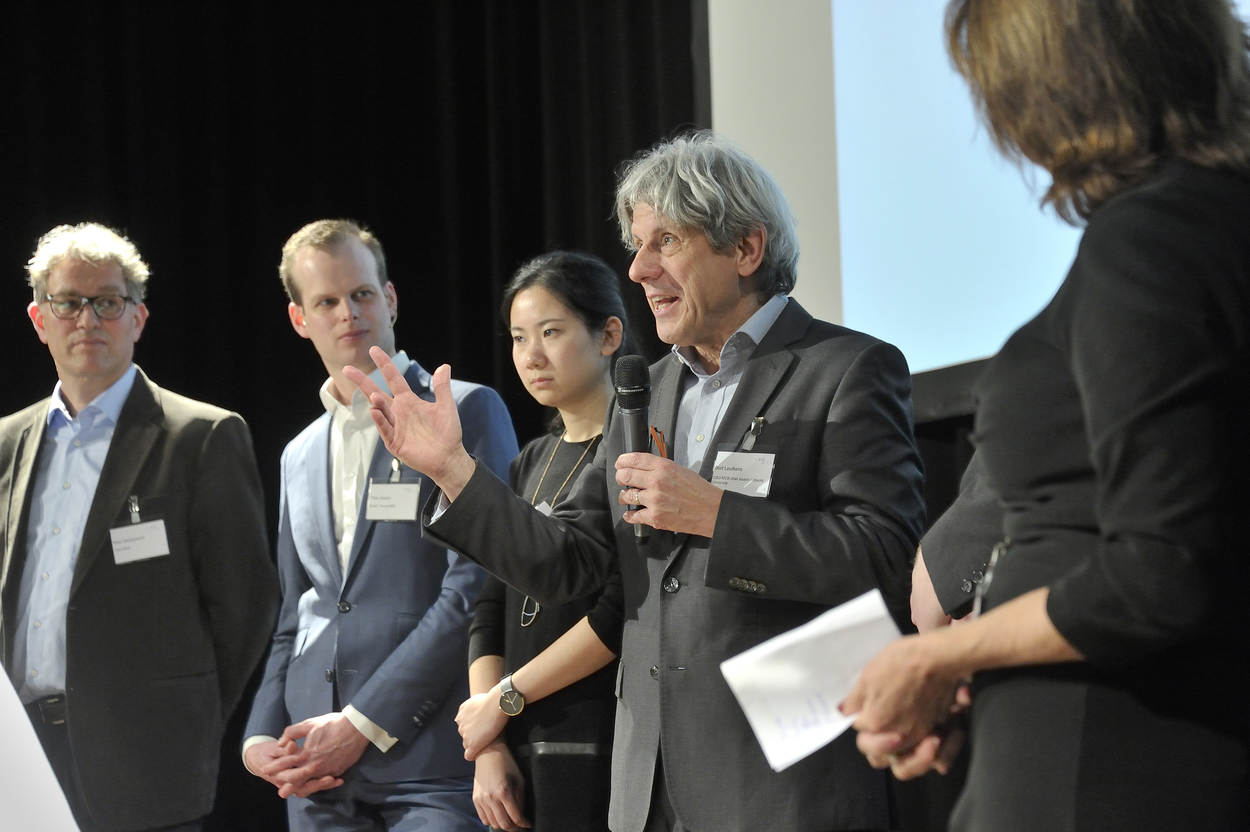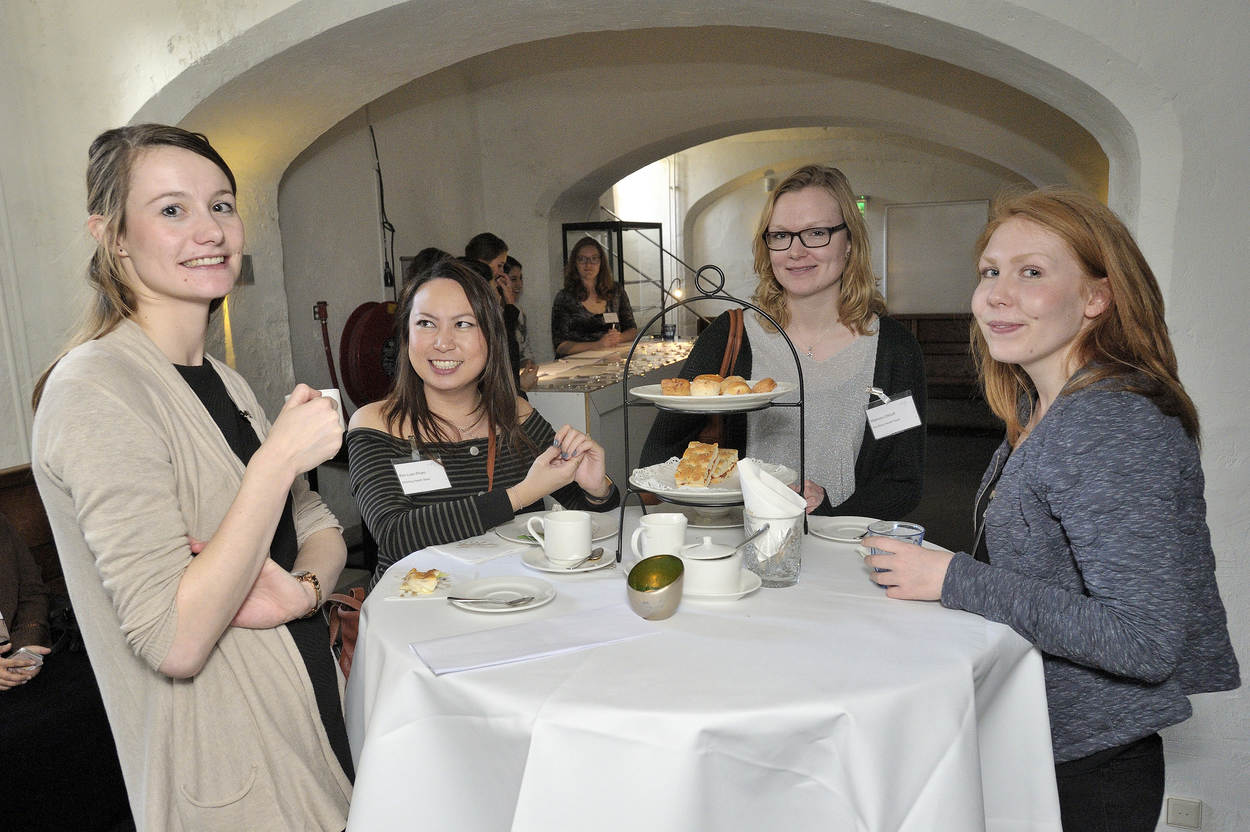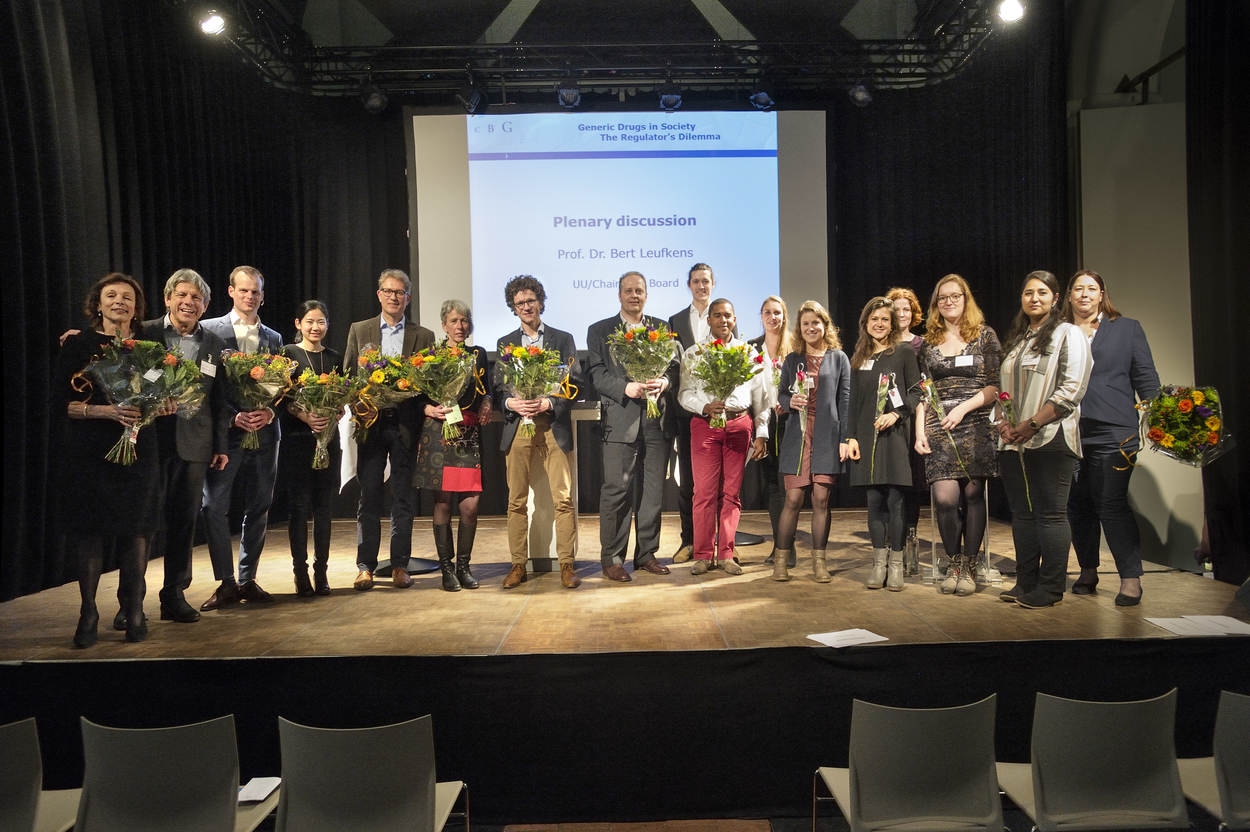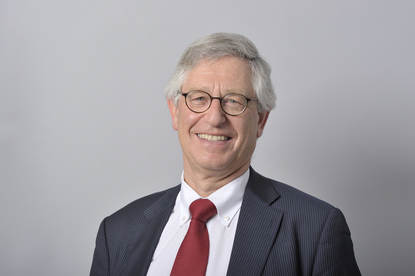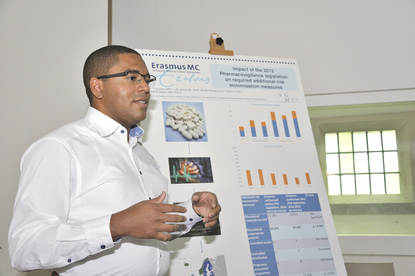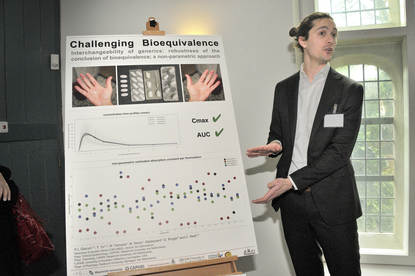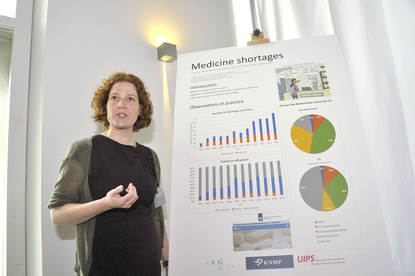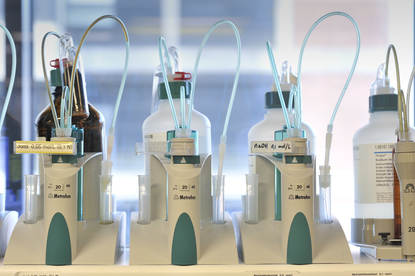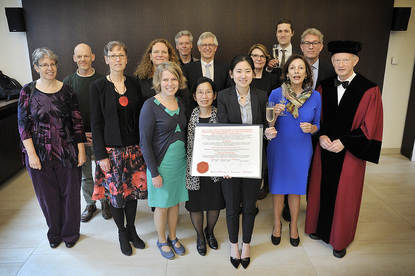Trust, costs, safety and proper information are the words that regularly recurred during the 6th Science Day of the Medicines Evaluation Board (MEB) on Friday 3 February. Over 120 interested parties visited the informative afternoon in the Leeuwenbergh in Utrecht.
Generic drugs in society: the regulator’s dilemma
Patients must be able to trust that the medicines they are getting are effective and safe. However, they do not always have that confidence – for example if they get their medicines in a different packaging, if the tablets are suddenly a different colour or shape, or if the patient package leaflet states something different about the time of day at which it has to be taken. Clear and unambiguous information can improve the patients' trust. This includes the information not only in package leaflets and on the packaging, but also for prescribers and pharmacies.
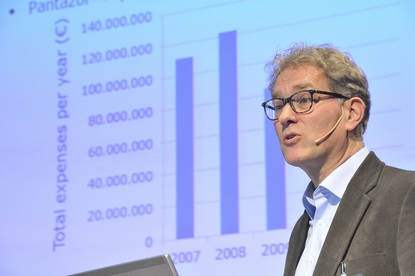
The dilemma
The theme for the day was ‘Generic drugs in society: the regulator’s dilemma’. And there certainly is a dilemma, said Marc Maliepaard (senior assessor at the MEB) when giving the introduction to the subject. Patients have doubts about the reliability of generic medicines: are these medicines genuinely equally effective? Who decides whether a patient gets a generic equivalent or the branded medicine? And what it the best option if a medicine is (temporarily) unavailable? Who informs patients about the medicines they are getting? And then there are the costs: generic medicines are much cheaper than branded ones, because the producer is no longer paying the expenses of the research.
Using the example of Pantozol (branded name) versus pantoprazole (the active ingredient, the generic medicine), Mr Maliepaard showed how the total number of prescriptions per year increased after the generic medicine was marketed, as well as the extent to which the costs had come down.
Various parties involved highlighted this dilemma at the Science Day.
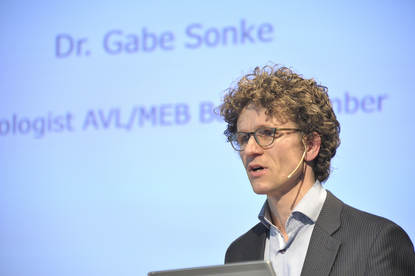
The doctor
Gabe Sonke, an oncologist and member of the MEB Board, described how he was told during his early period as a doctor to use generic names for medicines when prescribing them. Doctors trust the active substance because they know how it works.
Mr Sonke also gave the example of a patient who wanted a branded medicine but was given a prescription for a generic medicine. The patient submitted a complaint and did finally receive the branded medicine. That raises the question of what the doctor should do in such cases. Do you want to risk a complaint, with all the potential consequences? The costs are often an important reason for prescribing generics rather than branded medicines. But Mr Sonke was clear on that point: “I don’t want to discuss costs with the patients.”
One striking point in his presentation was the reference to a possible placebo effect when switching to generic medicines, meaning, complaints may also be driven by the psychological aspects of taking a drug that looks different than what you are used to: “There is never any discussion about generic medicines that are administered intravenously.”
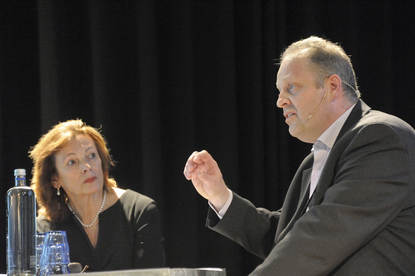
The patient
Christine Gispen-de Wied, the chair for the day, interviewed Johan de Graaf, chairman of the Hypofysestichting (Pituitary Gland Foundation) and himself a patient with pituitary gland deficiency. In the patients' and consumers' committee, he advises the MEB about aspects that affect patients.
The question-and-answer session was introduced with a video clip explaining the differences between generics and branded medicines, and, again, the psychological aspects (placebo effect) of taking products (including drugs), presented different from expectations.
Mr de Graaf explained how complicated the use of medicines can be for patients. His pituitary gland does not work properly, meaning that his body produces too little of various hormones. They need topping up with medicines. The amount that he needs in a single day and the times at which he has to take his medicines depend on what the day will involve. “It basically involves a lot of planning and careful timing.” When his medicines are not under control, he gets headaches and becomes nauseated. If this happens, he has to adjust the medical dose to receive proper concentrations. His condition means that he is more susceptible to infections, and his drugs are life saving in this respect.
When asked how confident he was about generic medicines, his answer was that he personally trusted their efficacy. But switching to other medicines can give numerous problems for some patients. It often transpires, for example, that the blood values are different than with the medicines that the patients have been using at carefully adjusted doses for long periods. “Generics aren't an immediate threat; not every patient gets symptoms when they switch to other medicines,” he replied. “But adjusting the levels again can sometimes take a couple of weeks, so it’s not something you want to be doing too often.”
Good information from the pharmacist could immediately eliminate some of the complaints when switching to generic medicines. “Most patients with chronic conditions have little contact with their pharmacies. It’s extremely important that the pharmacist is aware of when patients are being given a different medicine and tells them about it.”
Patients would like to be more involved in regulatory science projects. The MEB can play an important role here, for instance by giving information about the results in an understandable way. If patients can find information themselves easily, they will get – or retain – more confidence in generic medicines.
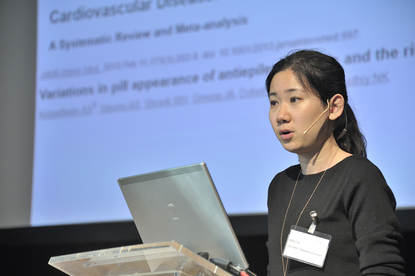
The researcher
Abby Yu investigated the interchangeability of generic and branded medicines and of different generic medicines. Her conclusions noted that there is very little reason to doubt the bioequivalence of various medicines. According to her there is nothing to be worried about, although there is room for improvement. Current regulations about guaranteeing the bioequivalence of the generic and branded medicines for authorisation purposes in Europe are relatively strict. But according to Yu, adopting stricter acceptance criteria for bioequivalence can be considered.
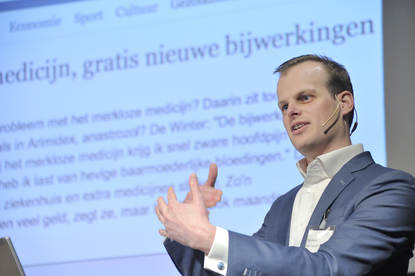
The pharmacist
Thijs Giezen, a hospital pharmacist and the chair of Young MEB, zoomed in on the safety risk for the patient. In 2015, 72.4% of all medicines issued in the Netherlands were generic medicines. At the same time, the costs of generic medicines were 16.5% of the overall costs of medicines.
Mr Giezen listed various examples where things can go wrong when a patient switches between generic and branded medicines, for example, because the packaging is different, the method of administration differs or a suspension is given instead of a solution. In the latter case, it is important that the medicines is shaken before use. If not, there is a risk of underdosing early in the treatment and overdosing at the end, because the active ingredient sinks to the bottom.
Furthermore, patients are not always convinced that a generic medicine is equally as effective as the branded one. A different name on the packaging or a differently shaped or coloured tablet can also raise doubts in patients’ minds. In all these situations, clear information can prevent mishaps.
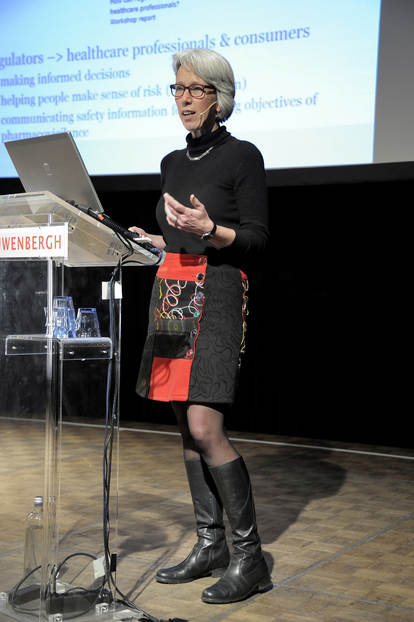
Quality of medicinal product use
During the day the importance of good communication about the use of medicines showed up regularly. Petra Denig, professor of Quality of Medicinal Product Use at UMC Groningen, finished the lectures on Science Day with a talk about ‘Improving communication, including communication about risks, for the prescriber and user’.
Studies by the Netherlands Institute for Health Services Research (NIVEL) have shown that more than half of all patients do sometimes look up information about medicines. It is important to them that they can trust the source and that the information is understandable and up to date, as well as being clear about how well it fits with their own situation. Ms Denig noted that information about medicines often does not give details about the number of patients who benefit from the medicine.
“If you want to reach patients, use sources that they trust,” concluded Ms Denig. “Healthcare organisations, for instance, or doctors and specialists and other healthcare professionals. It’s also important that key information is shared through a variety of sources and that patients have to be able to find it on a reliable, up-to-date website.”
The interview with Petra Denig and Christine Gispen-de Wied can also be read in the first edition of the Regulatory Science Magazine.
More information
- On the MEB web pages about regulatory science
- Take a look at our photo impression of the MEB Science Day
